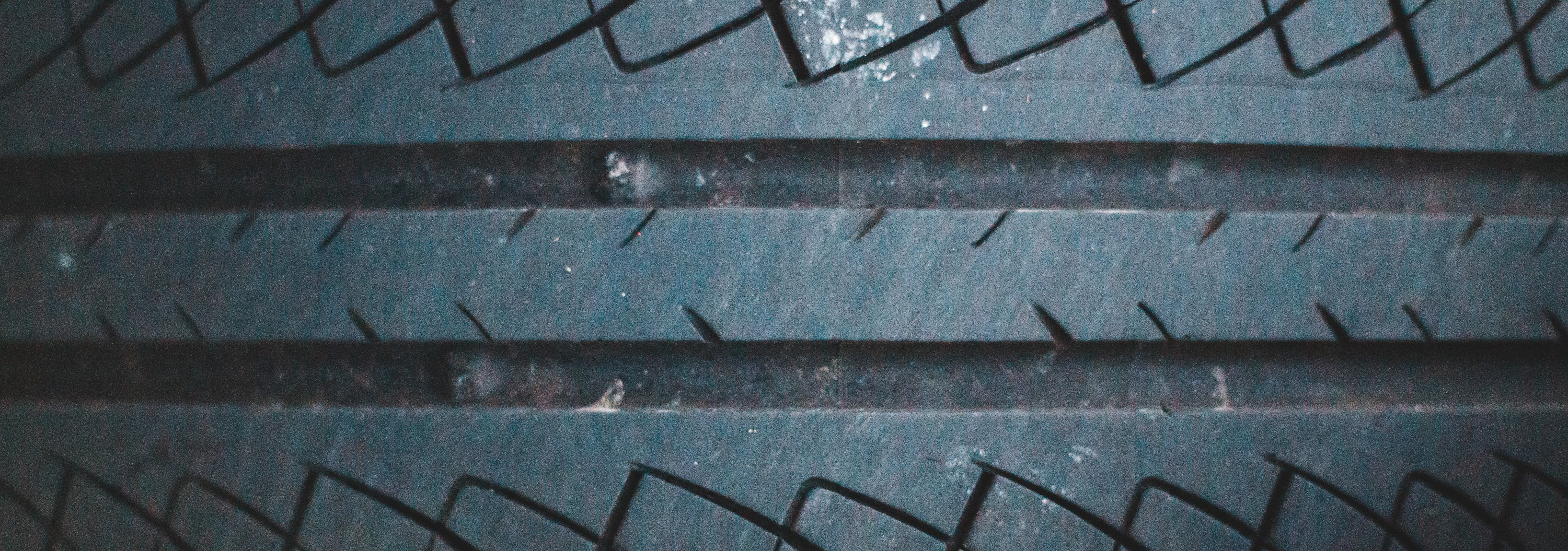Article Published: 27/04/2021
There are a number of important factors that will impact the longevity of your tyres, some that you have control over and others that you don’t. The average tyre should last for at least 40,000 km’s, or 2 – 3 years, however a great deal depends on how you use your vehicle.
What increases tyre wear?
The type of road surface that you regularly drive on, the age and quality of the tyres that you have fitted on your vehicle, and the way you drive are all factors in determining how long your tyres will last.
For example, if you are heavy on the brake or tend to drive at high speed, your tyres will deteriorate faster. Additionally, not ensuring the wheel alignment is correct or maintaining the tyre pressure that is specified in the owner’s manual can have a negative impact on how long your tyres will last.
Usually the way a tyre is wearing can indicate the reasons for irregular wear. If it’s overinflated it will wear in the centre or if it’s underinflated it will wear on both edges. Additionally, if the wheel alignment is out it can wear either edges of the tyre.
There are other factors that can have a negative impact on your tyres including worn wheel bearing shocks, tie rods and mounts. This is why it’s really important that you keep all functioning components of your vehicle maintained in order to get the optimum performance and lifespan from your tyres.
The effect of road surfaces on tyres
In New Zealand, our road surfaces have been constructed using a coarse chip and this tends to make them tougher on tyres than countries like Japan where the road surfaces are generally smoother.
As many of our vehicles are Japanese imports, the tyres that have been fitted when they arrive in the country are often not designed for our harsher driving conditions. It’s therefore worthwhile considering buying purpose designed New Zealand manufactured tyres when it comes time to replace your tyres.
When should tyres be replaced?
In New Zealand the depth of your tyre tread has to be a minimum of 1.5mm to be considered road worthy. However, with this low tread the handling and steering of your vehicle will be extremely compromised.
You will find that many different brands of tyres have a tread wear indicator (bars across the grooves), and when these are completely smooth you need to get your tyres replaced. It’s important to note that it’s not only the tread of your tyre that will indicate when you need to purchase new tyres. You should also be aware of the age of your tyres, as over time the rubber will deteriorate which can compromise the safety of your vehicle.
The general rule is that if your tyres are older than 5 years, you should be checking them annually for signs of wear and tear. If you are unsure whether your tyres need replacement, then talk to your local Direct Tyres & Auto dealer for expert advice.
What are the impacts of driving with old or worn tyres?
Your tyres can have a significant impact on your vehicle’s performance as well as its safety. When the tread starts to wear thin, you’ll feel uneven surfaces more, which can make your driving experience less pleasurable.
With many of our country’s roads containing potholes, bumps or gravel surfaces, your tyres act as a barrier between you and the ground so it’s important to keep your tyres inflated with the correct air pressure and have your wheel alignment regularly checked, preferably on an annual basis.
Worn or old tyres can also be a safety hazard as they affect your vehicle’s steering and suspension capabilities. In addition, when your tyre tread is smooth it can no longer grip the road surface effectively. This makes it extremely dangerous to drive when the road is wet and slippery or in the event that you need to brake suddenly.
How to increase the lifespan of your tyres
It’s recommended that you get a wheel alignment done once every year or every 10,000 km’s to get the maximum tread life out of your tyres. During a wheel alignment, your tyre pressure steering angle and road response are both tested at the same time.
It’s also worthwhile maintaining a slightly higher tyre pressure than the factory recommendation for optimal driving comfort, for example increasing the pressure from 32 PSI to 36 – 38 PSI. As wheels are constantly losing pressure, this will allow a more even wear. It’s imperative however that you never exceed the maximum tyre pressure that the manufacturer has specified.
How do I know when my tyres need to be replaced?
The first sign that your tyres are due for replacement is when the tread surface becomes smooth or the rubber appears cracked or damaged. If you are unsure how old your tyres are, or how to look for a worn tread, then it’s recommended that you visit your local Direct Tyres & Auto specialist and ask them to check your tyres for you.
In newer vehicles, the dashboard warning light will alert you to any issues with your tyre pressure, so when you see the signal it’s important to get your air pressure seen to right away. The correct air pressure details can be found on the inside of the driver’s door.
To obtain specialist advice on whether your tyres need replacing, contact Direct Tyres and Auto today.



